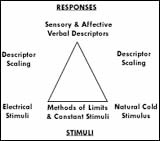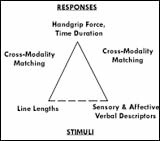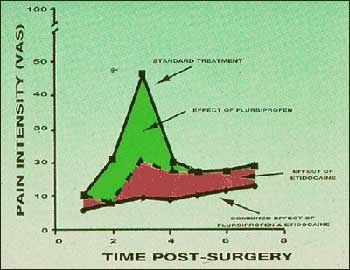...
| Div | ||||||||||||||||||||
|---|---|---|---|---|---|---|---|---|---|---|---|---|---|---|---|---|---|---|---|---|
| ||||||||||||||||||||
|
...
Dionne gave patients an initial test dose before surgery, then a second dose when the patient requested pain relief postoperatively. Using this protocol, he found that "all the treatments looked alike! Dionne was frustrated until he realized that the outcome he needed to consider was the time of request for the second dose, and the pain level at that point, as the measure of effectiveness of the first dose. His review of the study data confirmed his hunch, showing "a huge difference between the groups" in second-dose request time. But his colleagues refused to believe this new finding, suggesting it was "just retrospective data dredging." 2 So Dionne restarted the study from the beginning and analyzed the data prospectively to establish the truth of his contention.
...
| Div | ||||||||||||||||||||
|---|---|---|---|---|---|---|---|---|---|---|---|---|---|---|---|---|---|---|---|---|
| ||||||||||||||||||||
|
...
"Clinical trials may be said to be aimed at one of two ideal goals....to establish some biological principle in humans that you could then apply to lots of other things...[or a] pragmatic study, ...just trying to understand what to do for that patient group. I think our aims fall in the middle."
- Mitchell Max 4
References
- Oral history interview with Richard Gracely, 1998-99. Tapes and transcript to be deposited in the NIH History Office and the John C. Liebeskind History of Pain Collection, UCLA.
- Oral history interview with Raymond Dionne, 1998. Tapes and transcript to be deposited in the NIH History Office and the John C. Liebeskind History of Pain Collection, UCLA.
- MB Max, SA Lynch, J Muir, SE Shoaf, B Smoller, and R Dubner. Effects of desipramine, amitriptyline, and fluoxetine on pain in diabetic neuropathy. New England Journal of Medicine v. 326 (1992): 1250.
- Oral history interview with Mitchell Max, 1999. Tapes and transcript to be deposited in the NIH History Office and the John C. Liebeskind History of Pain Collection, UCLA.
...





